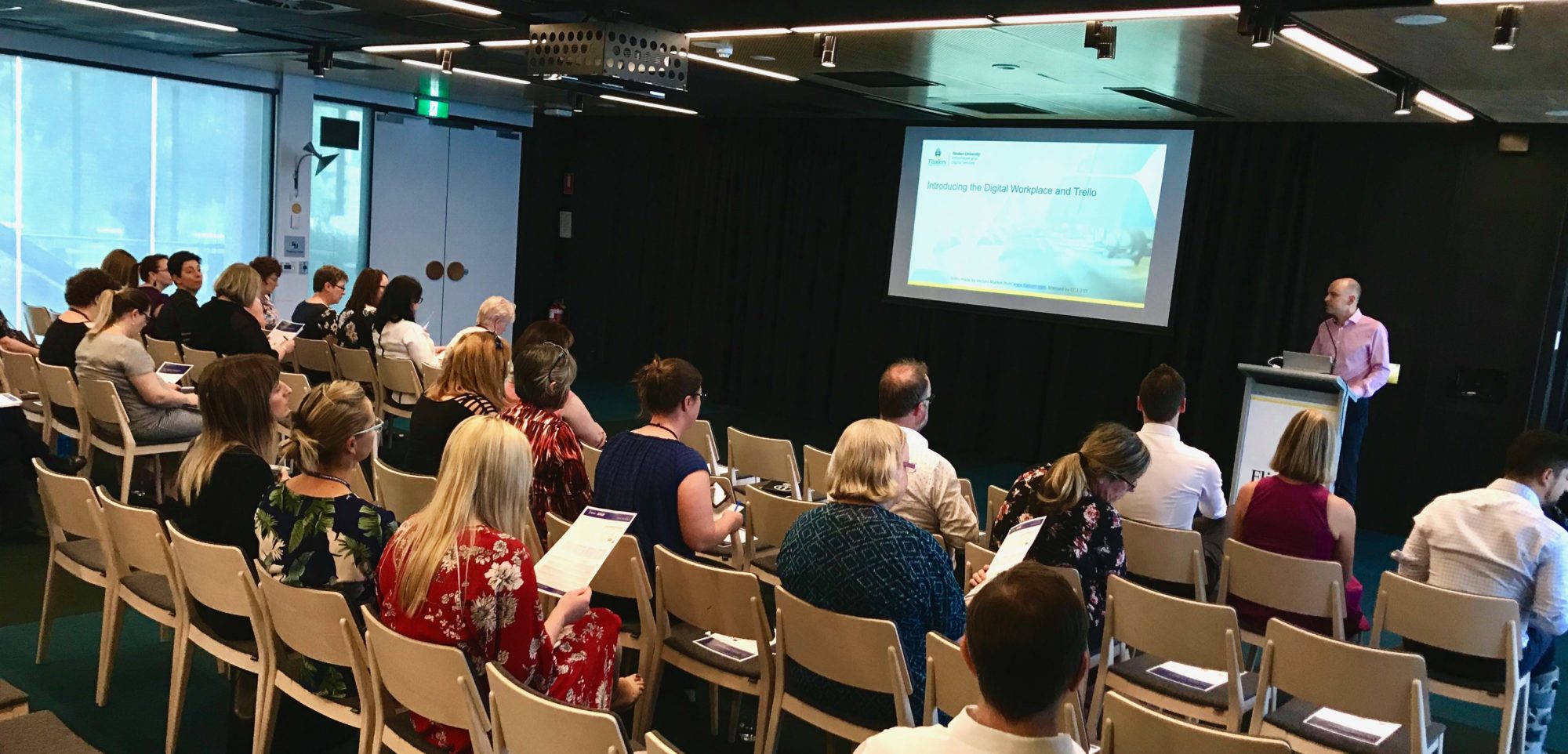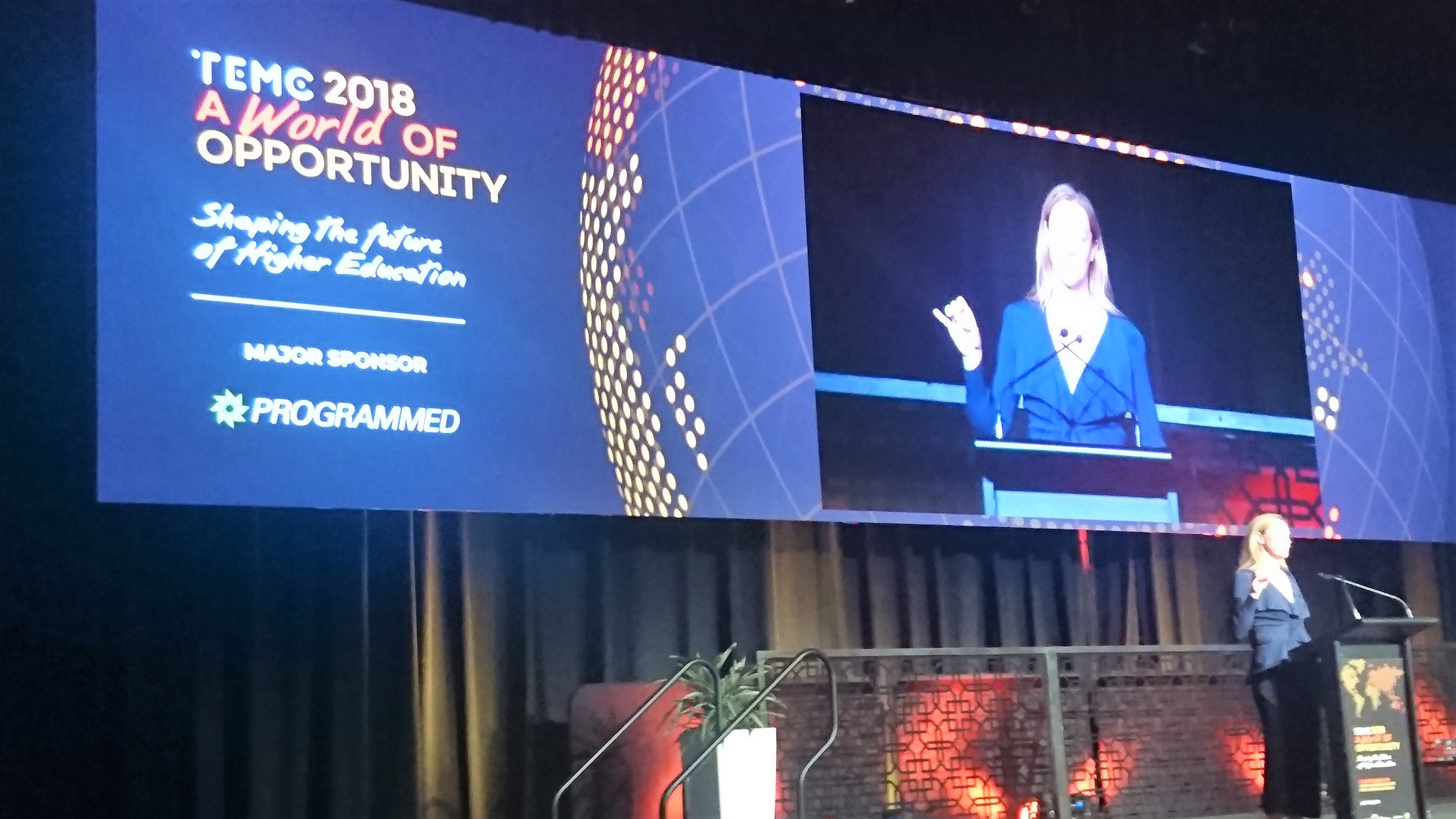I’ve written a few times about the Digital Workplace project that I’ve been the Product Owner for this year, and it gave me great pleasure to be part of the launch team this week as we rolled out the first phase of our ‘product’ – Trello. But when the tool you’re launching is already freely available, and you know that plenty of people have already started using it, then what exactly is there to launch?
Higher Education
Why AI needs the Humanities (and how tech conferences are getting it wrong)
I’ve been at my first ‘proper’ IT conference for a while this week, the Digital Government Summit in Perth. The delegates (and vendors) looked like a fairly predictable IT crowd – mostly male, mostly white, mostly middle-aged. In spite of being a perfect demographic fit, I was still one of the odd ones out, and here’s why – I’m not a ‘real’ IT person.
Business transformation using scrum
Captain Willard, Apocalypse Now
‘Everyone gets everything he wants. I wanted a mission, and for my sins, they gave me one’
My mission for 2018 has been to take on the leadership of a bunch of new teams in the wake of a major restructure, and to get them up and running in a completely new service model, delivering the potential efficiencies that the new structure affords – and it’s been a doozy. This post in no way flags the end of the mission, if anything it is a minor pause in the conversation to reflect on where we’re at now, and consider one possible way of moving ahead – scrum.
The Digital Workplace – solution selling as a catalyst for business change
Back in August I wrote a post about the Digital Workplace project that I’d been invited to participate in as Product Owner, and I promised I’d share updates along the way. In that post I also mentioned that I wanted us to use a solution selling model as a way to drive adoption across the University, and that’s the element I want to touch on today. I also want to point out a couple of things that the solution selling model doesn’t quite nail, and talk about how important it is for us as a project to address those shortcomings.
The power of the uncomfortable keynote
I was privileged in the last 48 hours to attend two of the best keynote presentations, actually no, the two best keynote presentations I’ve seen in my twenty years of attending education-related conferences. Three things made them stand out for me:
- Diversity: Neither of them looked like me, sounded like me, or had grown up in a world that I have any meaningful knowledge of;
- Quality: Both were inspirational in their contributions to society, and spoke from the heart with passion, expertise, wisdom and eloquence; and
- Dissonance: Both made me feel, at times, quite uncomfortable within myself as I listened to their stories.
I want to touch on all three of these, but devote more focus to the third.




